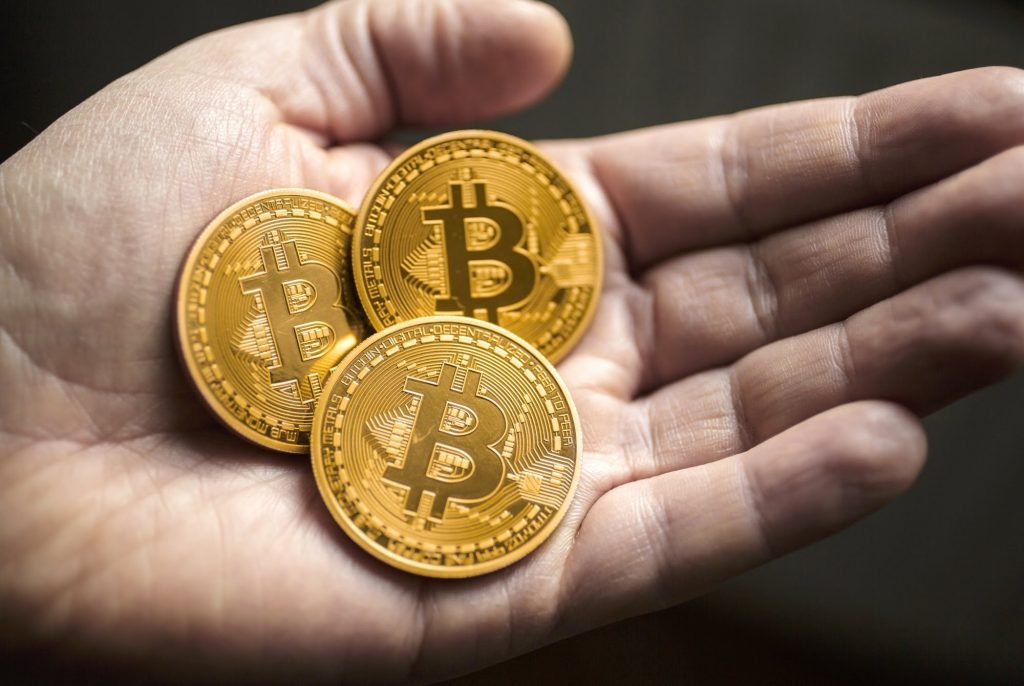101,000 Income from the issue of money, or as it is called semenorage, is the difference between the cost of money and payments in order to maintain the system of their rotation and face value. This difference is a profit that goes to the state. This will be more understandable if we take the example. Let’s say that to print a banknote worth 5000 rubles, you need a sum of about 3 rubles. It turns out that seignage in this case will be 4997 rubles. For a $100 note, the print value is about 12 cents, which means the proceeds from the issue are $99.88.
The very term roots go back to feudal times. A big feudal gentleman – a senior – took some of the stampede money in the form of a tax. Hence the “senior”.
It happens that seignage has a negative value, for example in the smallest difference coins.
Where the income from the issuance of money
Thus, the central bank received its income from the issuance of money. Regulators in most countries naturalise these funds. If we are talking about the Central Bank of Russia or the Federal Reserve of the United States, these financial organizations operate in a slightly different system.
These regulators invest seniors as a deposit with other banks, which in turn lend to individuals and businesses. Government bonds are often bought for these funds. This means that it turns out that the seigneur is becoming a central bank gain. This number is usually not disclosed. There is information that the Central Bank is obliged to transfer 75% of the revenue to the budget. In Japan, the Central Bank is not so greedy and transfers 96% of seniors to the budget, leaving itself 4%.
It is worth noting that the income from the issuance of money increases significantly if the currency is actively used outside the country of the issuer. This is the case, for example, with the US dollar.
As regards the amount of the profit itself, it is classified. There is an opinion that depending on the country it can range from 0.5% to 17% of GDP.
Labelling and inflation tax
Naturally, the launch of the printing press and the problem entails losses for all holders of a given currency because it depreciates. This damage is called an inflation tax because those who printed money got a profit, we have discussed above, while increasing the level of inflation. In other words, ordinary currency holders, those who have it and who use it, as if they “paid” the tax, being hidden. The authorities that have approved this issue are distorting the established economic balance between many areas. This is primarily inflation, as well as the depreciation of money and price increases, because sellers need to increase the value of goods. It’s a closed system. In other words, the inflation tax shows the damage to the state from inflation.
usually lead to a crisis. That is why state leadership rarely prints money unnecessarily.
Post-Senora G-Forex.net j
